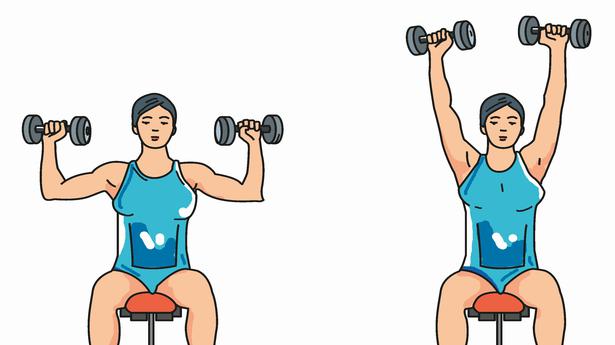Exercise reduces the risk of debilitating diseases such as Alzheimer’s disease
Exercise reduces the risk of debilitating diseases such as Alzheimer’s disease
The human brain reaches adult size at the age of 10; but their wiring and abilities continue to change throughout life.
After the age of 40, the brain begins to shrink. Less blood flow through the brain and the levels of hormones and neurotransmitters decrease. Aging leads to a slowdown in some functions, such as learning new tasks.
Learning requires the formation of new connections in the brain, a property called neuroplasticity. Your brain is a dynamic entity that is constantly remodeling itself in response to new experiences.
Some brain structures show greater plasticity and rewiring than others. Aging affects them more extensively than others. One of those structures is the hippocampus. Located between the ears, it plays a key role in the formation and consolidation of new and lasting memories and, therefore, of learning and experience. It also creates mental maps of your surroundings, allowing you to find your way home.
Experiments have shown that the brains of older mice have fewer connections, called synapses, between their nerve cells and perform poorly in finding their way through mazes, indicating deficiencies in spatial learning.
MRI studies on the brains of London cabbies show that they have an enlarged hippocampus: city roads have been ‘mapped’ in the hippocampus, and this ‘map’ expands rapidly as experience is gained.
Human studies in this area, however, are confounded by large differences between individuals: some “Super Agers” can even compete with much younger people on memory tests.
Brain injuries
The brain’s ability to rewire and change is seen in the case of brain injuries resulting from trauma or stroke. A large number of brain cells die in such events, leading to the loss of some abilities. However, over time, the brain remodels itself, leading to a full or partial restoration of lost abilities. This can be accelerated with medication, stem cell therapy, and psychological interventions.
The aging process is often, but not always, accompanied by cognitive decline. Along with memory, executive functions can be affected; these include the ability to plan and the ability to perform two or more tasks simultaneously.
These changes are a consequence of a reduced ability of the brain to reconfigure itself, of reduced neuroplasticity. But it is possible to change behavior and lifestyle patterns to improve the brain’s ability to adapt and function like a younger brain.
Regular exercise and sensible dietary choices are key to keeping your brain young, as is the aptitude to learn (mastering a new language or musical instrument).
Benefits of exercise
In aging people, exercise reduces the risk of systemic disorders such as heart disease and high blood pressure. These disorders increase the risk of dementia. Therefore, exercise reduces the risk of dementia and debilitating conditions such as Alzheimer’s disease.
Regular exercise also helps you lose weight or at least stop gaining weight or regain lost weight. The probability of the appearance of lung, stomach, colon and bladder cancers is reduced. People who exercise are less prone to anxiety and depression.
A significant benefit of exercise in older adults is the reduction in the risk of falls and fall-related injuries. Exercise improves the stability of your posture, both when you’re standing and when you’re moving, as your brain retrains itself over and over again to respond quickly to disturbances in your balance (Rogge et al., neuropsychology2019).
What type of exercise is best? Comparing the results of six months of aerobic endurance training (indoor cycling) with coordination/stretching training shows us that in the age group 40 to 56 years, both activities lead to an improvement in memory relative to with sedentary people. These activities will, of course, improve cardiovascular fitness, and the study participants who showed the greatest improvement in cardiovascular fitness also had the best improvements in memory. Returning to torpor and lowering the fitness level negates gains in memory functions (Hötting and Röder, Neurosci. Rvd Behavior, 2013).
Cognitive training, that is, exercising your brain, helps your brain stay flexible. Combining this with physical exercise shows even better results in improving the cognitive abilities of older people.
The amount of exercise required is another issue that older people may be concerned about. Cognitive and health parameters in older people are often assessed before and after a 10-minute routine involving jogging and walking, “enough to cause a light sweat but not cause fatigue.” For people over 65, the World Health Organization (WHO) recommends 30 minutes of brisk walking five or more times a week.
.
